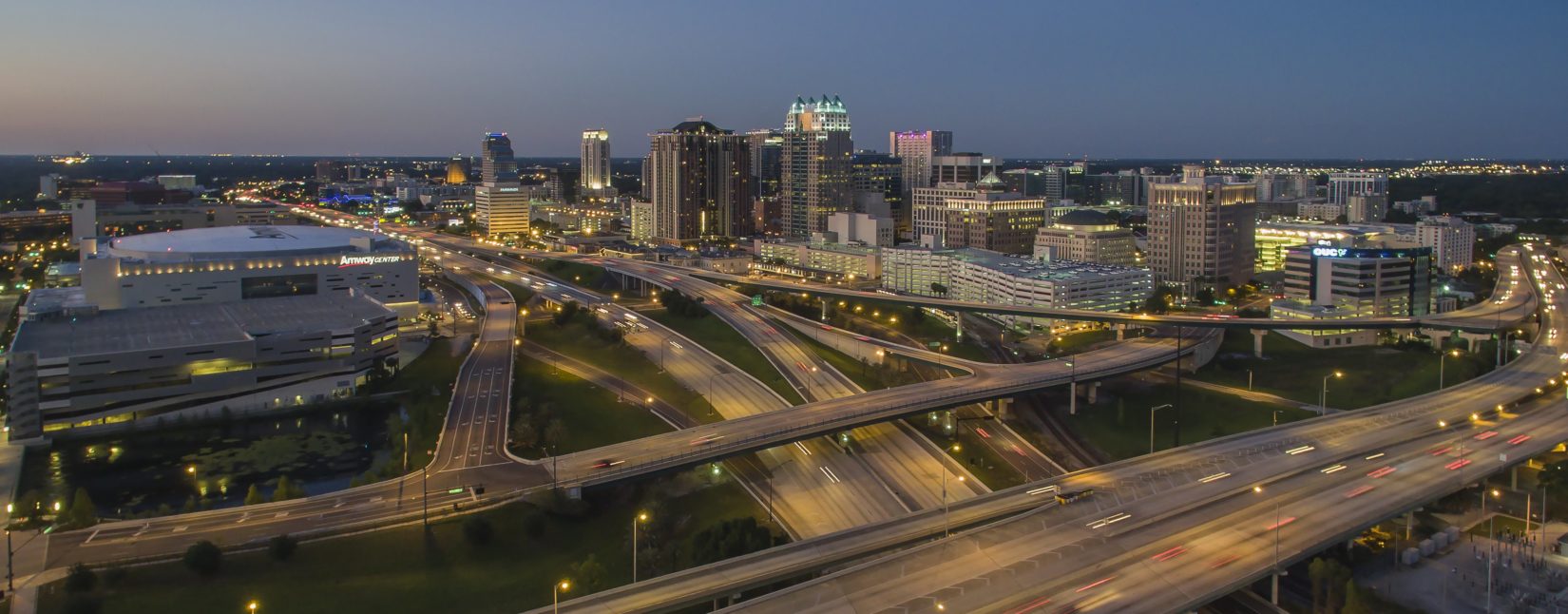At the Orlando Economic Partnership, we aren’t just planning for 2019 – we’re looking at the decade ahead and where we’ll be by 2030. It may seem like a far-off date. But consider this: the high school graduating class of 2030 is already in the first grade.
The decade leading up to 2030 will see Orlando transform, with shifting demographics, new demands for skilled labor and increased stress on the region’s infrastructure.
The future decade has been studied recently from a state perspective by the Florida Chamber Foundation. What hasn’t been as closely addressed is what to do about the coming changes. The Orlando Economic Partnership is on a mission to make the seven-county Orlando region a place where equal access to resources allows opportunities for everyone. That is how we define broad-based prosperity™ and the pursuit of our long-term goal to build Orlando’s economy – not just for the few but for the many.
In our latest report, 2030: Insight into Orlando’s Future, the Partnership’s Foundation for Orlando’s Future lays out how the region’s explosive growth will continue into the next decade. Here are the top seven ways Orlando will be different in the year 2030:
7 Forecasts for the Orlando Region in 2030
1. Population Growth
The Orlando region is projected to add 1,500 people per week to reach a population of 5.2 million people.
2. Employment Growth
On average, industry employment should grow 19 percent, a full 10 percentage points faster than the U.S. average, creating upwards of 500,000 new jobs.
3. Industry Growth
The fastest-growing industry will likely be home and healthcare services. Manufacturing jobs will increase by six percent, while other major metros expect to see a four percent decrease. The region will also continue to significantly outpace the nation in construction jobs, legal services, computer systems design, air transportation, spectator sports and engineering services.
4. Migration and Ethnic Diversity
The population will be more diverse thanks to international migration, that’s expected to overtake natural increase as the main source of population growth. Already, one in every nine Orlando residents has moved here since 2010, half of them from another country. This strong in-migration will allow Orlando to lead the nation in racial and ethnic diversity growth in the coming years.
5. Demographic Shifts
Today’s first graders will graduate at a time when they’ll be more likely to run into a senior citizen on the street than a high school senior. By 2030, one in every five Americans is projected to be 65 and older, and soon after, seniors will outnumber children in the U.S. for the first time in history. Despite Orlando’s lower-than-average median age, the region will hit this historic demographic milestone before the rest of the country. This shift carries many implications in the areas of workforce supply, education, healthcare and mobility.
6. Education
Today’s first graders will move through a school system grappling with educator shortages. An additional 135,400 students are projected to be enrolled by 2030, creating a demand for more than 29,000 new teachers.
7. Mobility
One of the most relevant technological trends impacting the region will be autonomous vehicles (AV). Autonomous technology is already being developed and manufactured here – largely because of our world-renowned expertise in light and sensor mapping technology pioneered in our simulation industry.
The years leading up to 2030 will shape and challenge our productivity, social infrastructure, and much more. Our report is thought-provoking and empowering, providing a resource for deliberate, thoughtful decisions about the region – and our children’s future.

